Champagne Valentin Leflaive embodies the alliance between Burgundian heritage and Champagne excellence. Thanks to a...
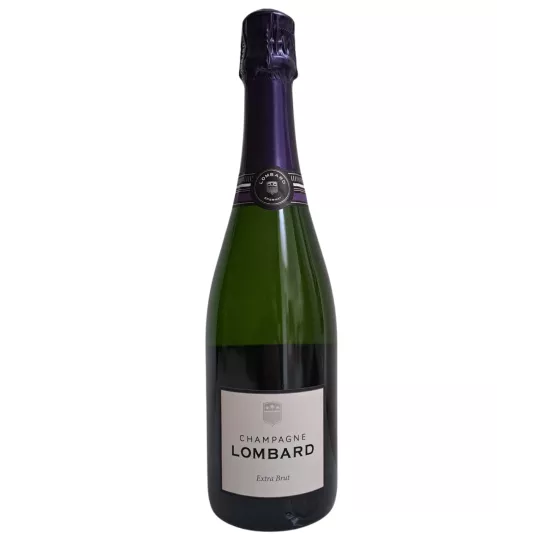
To receive delivery on December 24, orders must be placed before the morning of December 17.
Free delivery for purchases over € 210 in the E.U.
Club We Love Bubbles: Collect points with every purchase
| ❤️ CLUB We Love Bubbles: 100 € spent = 20 loyalty points |
| ❤️ CLUB We Love Bubbles: €100 spent = 20 loyalty points |
| ❤️ CLUB We Love Bubbles: €100 spent = 20 loyalty points |

Champagne Valentin Leflaive embodies the alliance between Burgundian heritage and Champagne excellence. Thanks to a...
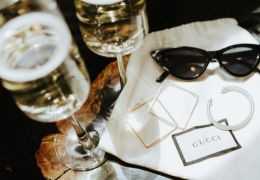
Champagne Petit et Bajan, founded in 2008 by Richard Petit and Véronique Bajan, embodies the alliance of two...

Champagne Napoléon, founded in 1825, embodies the perfect blend of family tradition and imperial prestige. Crafted...

Champagne Lebeau-Batiste, a family-owned winery in Chavot-Courcourt, embodies the combination of artisanal tradition...

Champagne Telmont, founded in 1912 in Damery, embodies the perfect blend of family heritage and innovation. Its...
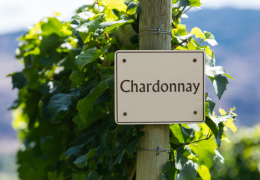



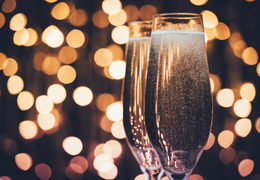






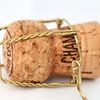

Champagne rosé is a sparkling wine produced in the Champagne region of France. It is made from red and white grapes, and is characterized by its pinkish color and fruity flavor.
The production method for rosé champagne is similar to that of classic champagne, but there is an additional step which involves adding a little red wine to the tank before bottling. This helps give the champagne its distinct color and flavor.
There are different types of rosé champagne, each with its own characteristics. Brut-type rosé champagnes are dry and not very sweet, while Doux-type rosé champagnes are sweeter and have a more fruity flavor. Demi-Sec rosé champagnes have a balance between the two.
Rosé champagne is often associated with festive occasions, such as weddings and elegant evenings. It is also popular as an accompaniment to seafood dishes and cheeses. It can also be enjoyed on its own, as an aperitif.
It is important to note that to be considered real champagne, the wine must be produced in the Champagne region of France and must follow the strict production rules laid down by the Appellation d'Origine Contrôlée. There are imitation rosé champagnes produced in other parts of the world, but these cannot be considered true rosé champagnes.
In conclusion, rosé champagne is a premium sparkling wine, produced in the Champagne region of France. It is made from red and white grapes and is characterized by its pinkish color and fruity flavor. It is associated with festive occasions and is often enjoyed with seafood dishes and cheeses. It is important to note that a wine cannot be considered as true rosé champagne if it is not produced in the Champagne region, in France and respecting the production rules laid down by the Appellation d'Origine Contrôlée.

 A Story Of Friendship: Champagne Pol Roger and Sir Winston Churchill
A Story Of Friendship: Champagne Pol Roger and Sir Winston Churchill Champagne-based cocktails
Champagne-based cocktails Serve a good champagne
Serve a good champagne Where to buy Deutz champagne ?
Where to buy Deutz champagne ? How to choose the right champagne to accompany a meal ?
How to choose the right champagne to accompany a meal ?Follow us